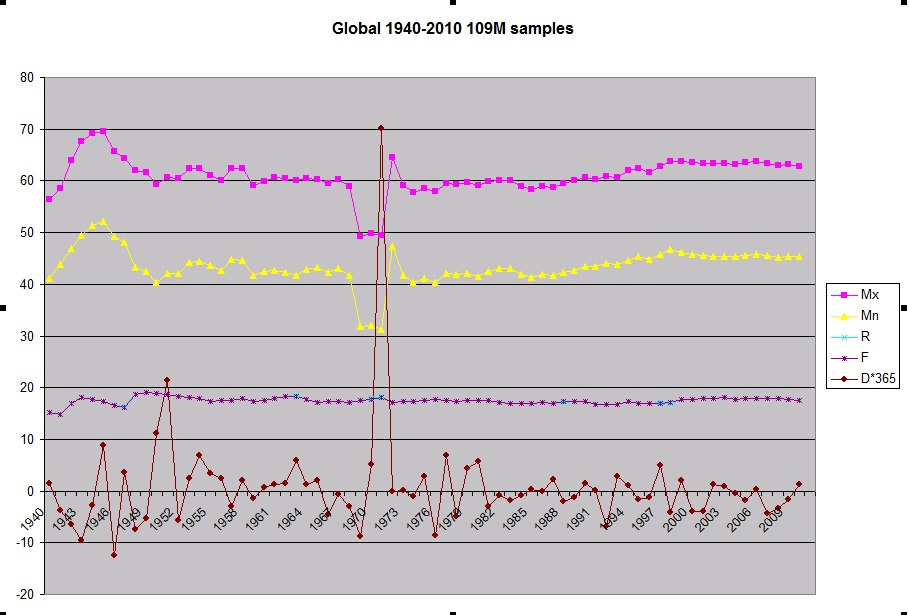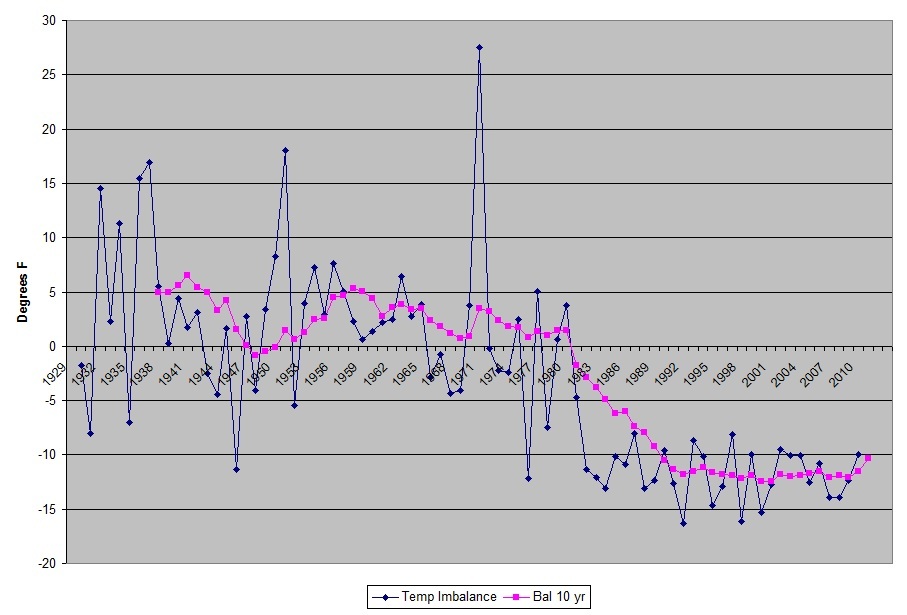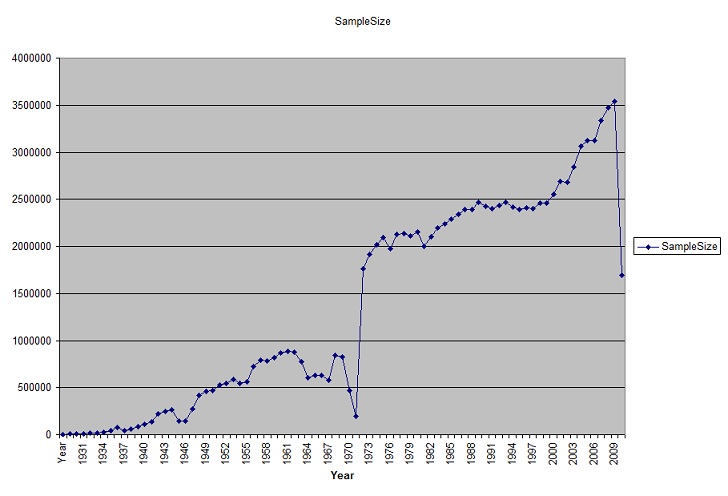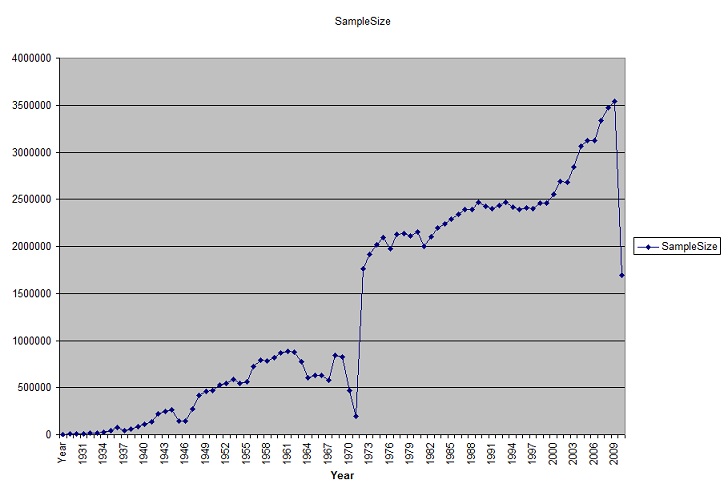 Is Global Warming really a recovery from regional cooling?
Is Global Warming really a recovery from regional cooling?This page is a rewrite of the page that was here a few days ago, I had some issues with getting...
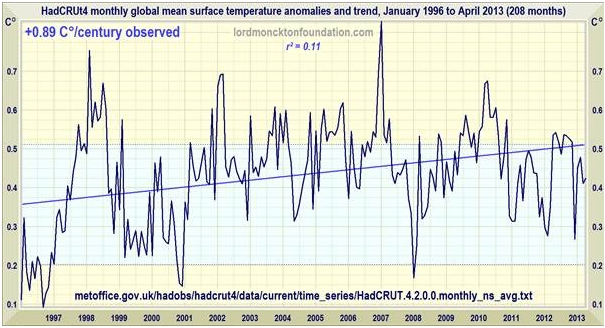 Guest comments on GCMs and Global Warming from Prof Robert G Brown Of Duke University
Guest comments on GCMs and Global Warming from Prof Robert G Brown Of Duke UniversityProfessor Robert G Brown of Duke University makes a number of significant points at WUWT...
 An Analysis Of Night Time Cooling Based On NCDC Station Record Data
An Analysis Of Night Time Cooling Based On NCDC Station Record DataSince posting this I have discovered that the difference signal I was looking at was not daily...
 Cosmic Ray Detecting Thermometer
Cosmic Ray Detecting ThermometerCMOS Imaging sensors are the sensor of choice for most consumer digital cameras. They tend to be...



